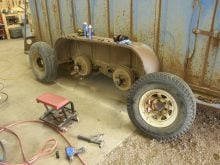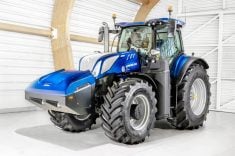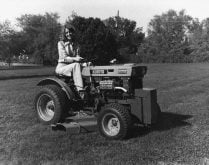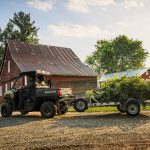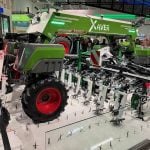Case IH has joined the ranks of brands offering variable-rate and spot-spray technology on its application equipment. In early March, the company debuted its SenseApply system at the Commodity Classic farm show in Denver.
“SenseApply is our new sense-and-act application technology, the first for Case IH as a factory-fit solution,” says Alex Caldwell, CNH’s product marketing manager for application equipment in North America.
“This technology is a live, variable-rate application technology, as well as a selective spray technology.
“This solution scales to green on brown. When you step up to this, we require Aim Command Flex II to be able to have that nozzle-by-nozzle control. We can spot spray down to three nozzles.”
Read Also
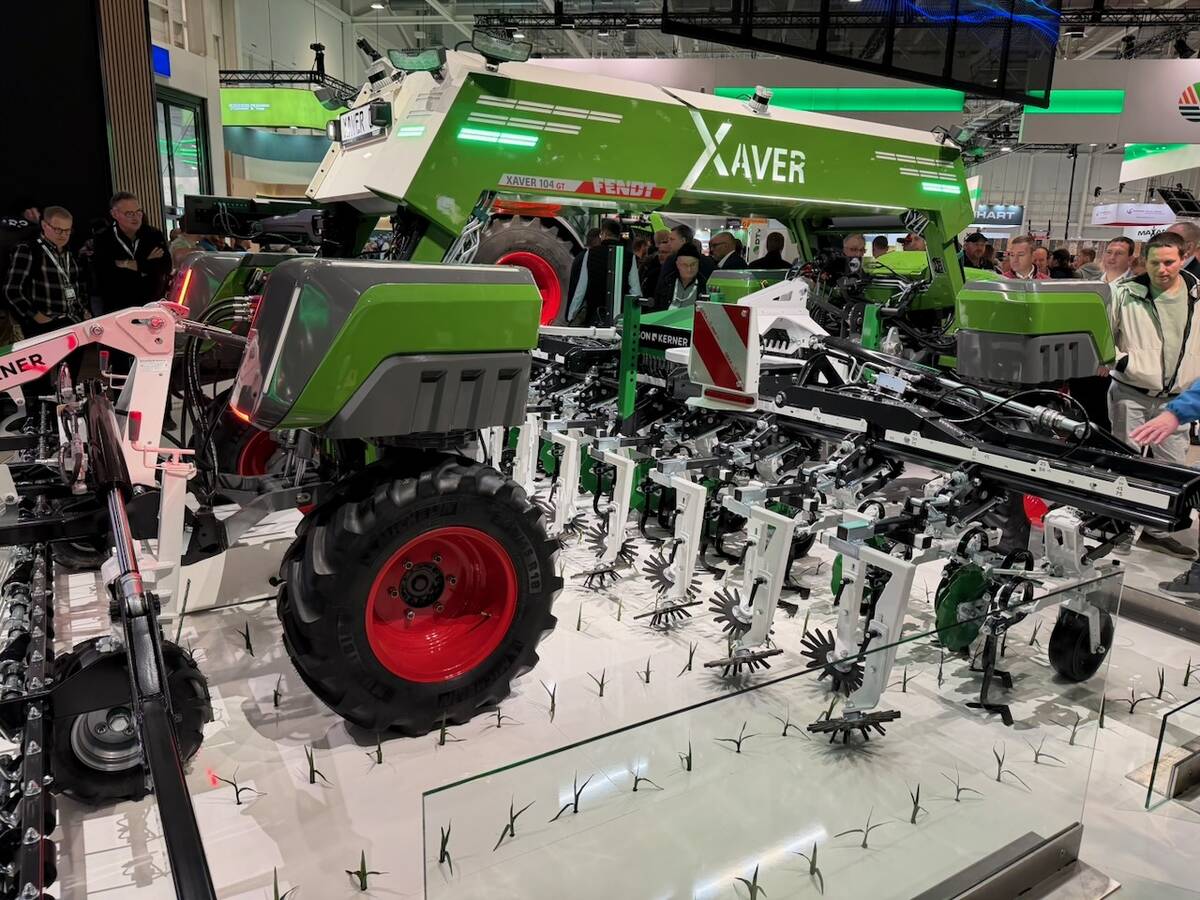
Agritechnica: Robots and more robots, Nexat loves Canada and the trouble with tariffs
Agritechnica Day 4: Robots and more robots, Nexat loves Canada and the trouble with tariffs.
The system can be used to apply variable rate nitrogen or fungicide on the company’s 50 Series Patriot sprayers or fertilizer on Trident applicators. SenseApply will be a factory option on those machines for model year 2026, and it will be compatible as a retrofit kit back to model year 2023.
“At launch, we’re going to have factory fit kits back to model year ’23,” he adds.
“The launch of the 50 Series sprayer, that’s when we jumped to Aim Command Flex II and we jumped our rate controller from the Raven PC2 to the RCM.”
Those are the updated technologies that machines need to run SenseApply.
Unlike systems from other brands, which use multiple boom-mounted cameras, SenseApply relies on a single, multi-lens, cab-mounted camera that can see up to 50 feet ahead of the machine and across a 140-foot width to sense crop and field conditions.
The unit’s high position, on top of the cab, is what allows the camera see across that distance.
“We’re analyzing the field and crop variability across that entire width and adjusting the rate out of the back of the boom,” Caldwell says.
“With that 140-foot field of view, we’re able to spot-spray at wider widths than any other factory-fit solution out there on the market right now. And we’re able to do all of these things at speeds faster than what traditional spot spray systems would allow you to run. With those live VRA (variable rate application) services, we’re able to run up to 25 m.p.h. and still spray accurately. For our spot spray services, we allow them to drive up to 19 m.p.h.”
Also, “it’s a multi-spectral camera,” he adds.
“If you look at the device you’ll see six camera lenses across the front. It’s one camera housing that’s holding different lenses. Each of those different lenses is calibrated to a different wavelength of light. Not only are we looking at visible light, we’re looking at infrared, near-infrared, and we’re looking at red edge twice to give the camera depth perception.”
However, the system relies on daylight to operate, so SenseApply can’t be used for nighttime operations. Operators would have to rely on traditional broadcast spraying for that.
When setting up a job, the operator can select a desired application range.
“The operator is setting a minimum, maximum and safe rate. That safe rate is what we use when the camera doesn’t know what to do. It’s always going to spray. It will default to some style of application. When it doesn’t know what to do, it will go back to broadcast.”
SenseApply has no subscription- or acreage-based fees, keeping with Case IH’s decision to not sell equipment technology on a subscription basis, unlike other brands.
“It’s a one-time purchase for the customer when they’re buying the machine or if they’re buying an aftermarket kit,” Caldwell says. “They own the technology in perpetuity.”
The retail price hasn’t been announced yet, and orders will open in early June for October delivery. However, Caldwell says, the wide boom width and speed capability will give producers a quick payback.
“We can drive faster and support wider booms for green-on-brown spot-spray. We’re leaning into the claim that this system pays for itself in one to two years.”






